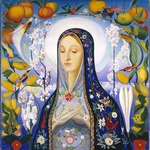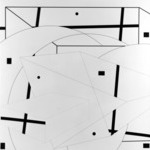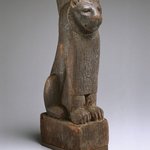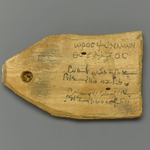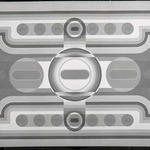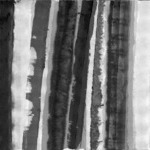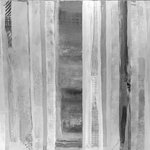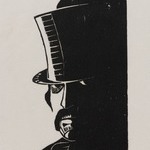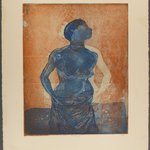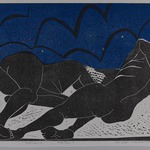

Dindga McCannon (American, born 1947). Empress Akweke, 1975. Acrylic on canvas, 35 7/8 × 31 15/16 × 13/16 in. (91.1 × 81.1 × 2.1 cm). Brooklyn Museum, Gift of R.M. Atwater, Anna Wolfrom Dove, Alice Fiebiger, Joseph Fiebiger, Belle Campbell Harriss, and Emma L. Hyde, by exchange, Designated Purchase Fund, Mary Smith Dorward Fund, Dick S. Ramsay Fund, and Carll H. de Silver Fund, 2012.80.31. © artist or artist's estate (Photo: Brooklyn Museum, 2012.80.31_PS9.jpg)

Dindga McCannon (American, born 1947). Empress Akweke, 1975. Acrylic on canvas, 35 7/8 × 31 15/16 × 13/16 in. (91.1 × 81.1 × 2.1 cm). Brooklyn Museum, Gift of R.M. Atwater, Anna Wolfrom Dove, Alice Fiebiger, Joseph Fiebiger, Belle Campbell Harriss, and Emma L. Hyde, by exchange, Designated Purchase Fund, Mary Smith Dorward Fund, Dick S. Ramsay Fund, and Carll H. de Silver Fund, 2012.80.31. © artist or artist's estate (Photo: Brooklyn Museum, CUR.2012.80.31.jpg)
Empress Akweke
Dindga McCannon
Contemporary Art
Elizabeth Goldthwait and Abigail Pickman each sat for her portrait on the occasion of her marriage. As was typical of upper-class white women in the colonial United States, they did not control their own depictions, which served to project the family’s stability and wealth. During the period right before the American Revolution, the most sought-after artist was the Boston painter John Singleton Copley, who rendered the silks and pearls so admired by the rich.
Dindga McCannon’s portrait honors Akweke Singho, who is seen here richly adorned with African jewelry and brightly colored African textiles, with the title “Empress” to suggest her important place in the Black Arts Movement. In the 1970s, Singho, McCannon, and Faith Ringgold founded the Where We At collective, an Afrocentric organization that questioned the marginalization of Black women artists.
Ringgold portrayed herself with a determined gaze and folded arms, in a gesture simultaneously gentle and guarded. In reflecting on this painting and the political and artistic awakening she experienced during this time, Ringgold has said, “I was trying to find my voice, talking to myself through my art.”





